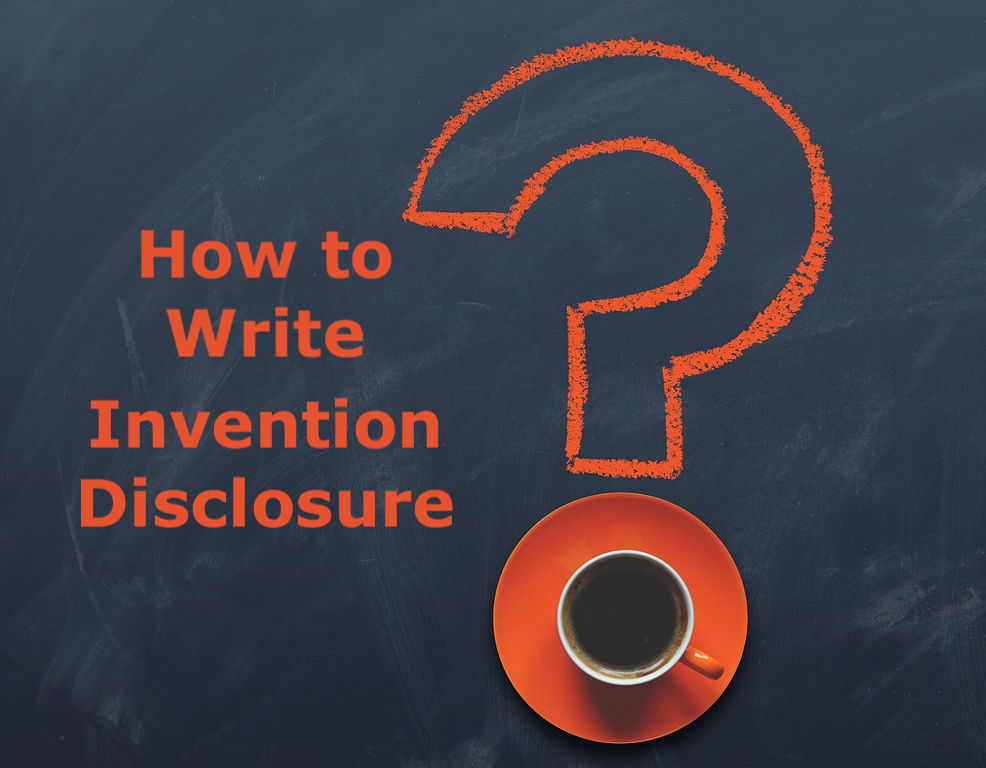An Invention Disclosure is a comprehensive formal business record of the invention seeking a patent grant. This represents the first recording of the invention including the relevant date, names of the inventors and scope of the invention.
The description of the invention in the disclosure must lay emphasis on the fulfilling of the requirements of patentability, such as novelty and non- obviousness of the invention. These criteria’s are to be met with in the invention disclosure whilst ensuring that the specifications are well-explained, such that a layman may reproduce or make use of the invention.
Invention Disclosure documents play a substantial role in thwarting challenges that pertain to date of invention, Inventorship, the scope of the invention as well as prior art. Improper writing of an Invention Disclosure may lead to loss of patent procurement.
Why should I submit An Invention Disclosure?
Not only is the Invention Disclosure a formal business record, but it is also a preliminary tool in initiating the patent process.
It is used by the patent committee to determine whether the patent application must be pursued. If the patent committee decides that the invention described in the disclosure fulfills the requirements of patentability it will be sent to the attorneys of the company and used as a base for the drafting of the patent application.
The disclosure can be subsequently used to formally establish dates of invention, inventorship, invention scope, and prior art.
With an Invention Disclosure the patent process can be streamlined as shown below:
* Speed: the process between conceiving of the invention and filing can be expedited
* Efficiency: as a comprehensive record of all the pertinent information, less time is taken along the way the patent application process
* Quality: better technical and factual disclosure results in improved patent application content and avoid obstacles related to Inventorship and dates well into the patent process.
What should I include in an Invention Disclosure?
Invention disclosures should include:
1. The title of the invention: this need not be in superfluous or formal legal language, its purpose is to only broadly capture the substance of the invention whilst being able to differentiate it from other inventions.
2. The inventor’s name, address, and phone number: the disclosure must contain a detailed list of every individual who has made a substantial contribution to the working of the invention.
3. Significant Dates: this must include when the invention was conceived, when it was put into practice and when the Invention disclosure was completed and submitted.
4. A description of the invention: the technical description of the invention is the heart of the invention’s disclosure. It must be thorough and comprehensive and understandable to an ordinary person.
To begin with, address the solution to a problem that the invention provides along with its physical structure and operation. Following this, one must provide a summary of the invention and shed light on how the invention in question is objectively different from prior art.
For instance, How is the invention different from the closest prior art? What technical advantages does the invention provide over the prior art? What key components of the invention are novel?
Additionally, inclusion of drawings or diagrams of the invention is advisable for a better understanding of the invention. Also, add a set of keywords to help the patent attorney find the right classification for the patent.
To sum up, include the results and advantages of using the invention and alternate approaches if any.
5. Prior Arts: the disclosure must include a list of known, relevant prior art that either helped lead to the invention itself, or which indicate that some aspects of the invention are already known.
6. Public Disclosures of the Invention and Commercial Activity: in the cases where the invention has already been publicly disclosed or sold, it’s important to note when the events occurred and details of whom it was disclosed, sold or offered to.
7. Funding Sources: if the invention involved externally-sourced funds for its development, it needs to be tracked as it could possibly affect the ownership of the invention.
8. Witnesses: a minimum of one witness must sign off on the Invention disclosure. This witness should have been able to comprehend the disclosure’s technical contents. However, the witness in question should not be directly affiliated with the invention disclosed.
9. Signatures of All Inventors: finally, at least one of the inventors themselves should sign off on the Invention’s disclosure, but ideally all inventors must sign off.
For more information please contact us.



